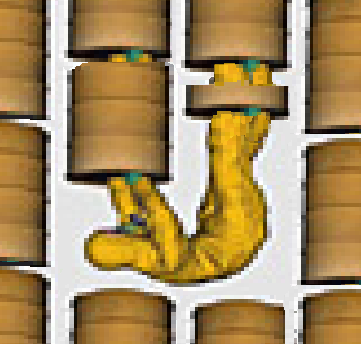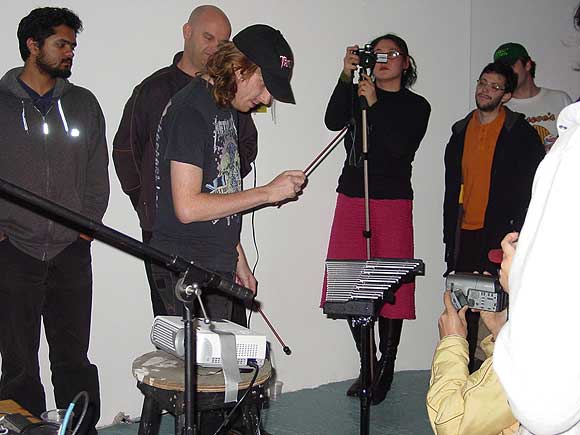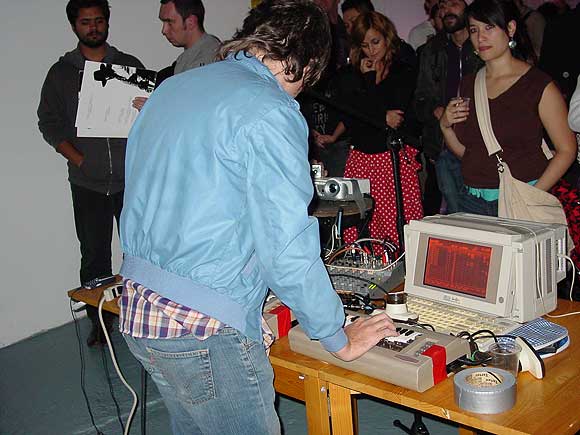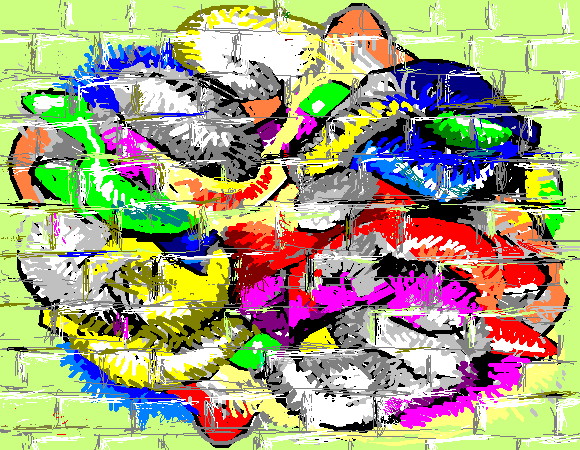View current page
...more recent posts

For "player hating" at its best, check out writer Daniel Mendelsohn's acid spew all over Jonathan Franzen's book The Discomfort Zone in the current New York Times. I haven't read the book but the review gives me hives. Mendelsohn goes right for the personal, zeroing in on Franzen's pop culture breakthrough moment, the supposed gaffe in declining to be an "Oprah author," while brushing past the merits of that controversy. For concern troll Mendelsohn, what made Franzen a "tragic" figure wasn't that TV triumphed over literature but that Franzen lost book sales. So, is Mendelsohn reviewing a book or an individual? The latter--he never lets up. One might expect a memoir written by a fiction writer to shade truth with some degree of persona fabrication. Yet to Mendelsohn, Franzen is simply "self-involved," with a "humorless" authorial voice that irks him mightily. Without reflecting on how his own buttons might be getting pushed (maybe it's, you know, craft, or maybe Mendelsohn's mother is like that), he stays on the ad hominem trail. When Franzen's virtues are mentioned it's usually a setup for another sledgehammer blow.
And Mendelsohn's writing is bad. He describes The Corrections, the Oprah candidate in question, as "an acerbic and often searingly painful dissection of one Midwestern familyís disintegration as its stodgy values [a]re put to the test by the go-go avidity of American culture in the 1990s." "Go-go avidity"? What does that mean? Mendelsohn declares Franzen's "wider failing" to be his "lack of humanizing softness." One wishes Nabokov, Beckett, and Richard Ford could be nicer too--more "human." Mendelsohn spends two paragraphs proving that Franzen is "wrong" about the comic strip Peanuts. He isn't saying that Franzen's identification with Snoopy over Charlie Brown is a failed literary conceit but, rather, a sign of his deep moral failing as a person. Maybe Mendelsohn is right, and the book is Franzen, with no writerly intervention whatsoever. As I said, I haven't read it. Mendelsohn's envy and aggression in the service of increased human sensitivity, however, is something I wish I hadn't read.


Top: Cory Arcangel plays some glockenspiel parts he added to Bruce Springsteen's Born to Run, at vertexList last night. You may or may not know that that record already, in fact, has glockenspiel on it--it's the tinkly, xylophony sound that Springsteen included on some songs, along with strings, to make the music more "produced," orchestral, and/or Phil Spectorish. I didn't know it, but I have a hard time caring, since I don't like Bruce Springsteen's music at all. I also don't know what Arcangel's relationship is to that music, or the glockenspiel--ironic? admiring? a little of both? In any case, for this performance, he played over the album, karaoke-style, pinging poignantly on the glock in a milieu that might be described as "Dada meets the hits of the '70s meets mallet instrument fan fiction." Whatever I think of Springsteen, I enjoyed the effect this patience-testing performance had on the crowd, which perhaps wasn't expecting something so modest, or arch, from an artist known to do surprise virtuoso pieces.
In the bottom photo, Paul Slocum more straightforwardly rocks the audience with his '80s home computer ensemble--note piano keys positioned over a seriously fat QWERTY keyboard. Unlike others in the plinky, fun, 8 BIT school, Slocum makes dark, dense, dreamlike music--a la the Velvet Underground, only with chipdrones instead of guitars and a rhythm box instead of Mo Tucker. Pedal effects to boost the volume and filter sweeps to bend the notes create an engulfing wall of sound. You can hear tunes within tunes inside all the distortion. The occasion was the opening of his solo show at the gallery, and he was playing without his usual Tree Wave partner Lauren Gray. Her vocals were missed but the performance (and his show) were excellent. Also in the exhibit is Slocum's piece Deep House for Symphonic Band and Choir, 2006. It was great to see it in person and confirm this favorable preReview.
(BTW, the woman to the right in the picture isn't giving the photographer a significant look, I swear-- she's watching the mesmerizing, Slocum-designed, psychedelic pixel display on a wall-projection behind me. No, really.)
Updated several times with new info and thoughts.
"Psychic Highway" [mp3 removed]
Update: I thought it needed one more thing so I added that thing. (Some mutated Sidstation stabs at the end--it's still very minimal and acid-y.)

very cool "tattoo skull"--artist unknown
Reviews of 8 BIT are coming in--so far, except for The Reeler, they've all been from the game world. There's one at Game Set Watch, and another at VH1 Game Break. While enthusiastic overall, these game scene reviews seem ill-at-ease or defensive about the film's art context. The writer at gaygamer.net, however, is comfortable talking about that and makes some good points about the movie's relationship to art theory, e.g.:
...[A]rtist/scholar Mary Flanagan approaches the topic from a more theoretical level, which is incredibly helpful to an informed outsider but also frustrating simply because theory, especially when coupled with too much deconstructionism, can pretty much be death to art and creative thinking. Maybe thatís just the chip on my shoulder. Flanagan, at any rate, asks some really important questions about the impact of games and gaming technology on our culture and, therefore, on ourselves, and she seems eager to stress how important is it not to allow these questions to go unanswered. Peel away the temporary DIY art-trends and this moment with Mary Flanagan is the secret heart of 8 BIT.I like the way the relative "hotness" of the movie's talking heads comes in as an evaluation criterion in this review. (Alex Galloway, call your agent.) It's true, some folks featured in the film are exquisite and that might subtly affect how you view the subject matter, but mostly it will not be mentioned by critics. That is, since it's supposedly a documentary and not a star-driven movie. Elements of the latter inevitably creep in, though, especially when the cast is as well-lit and shot as they are in 8 BIT. The two films I would most compare 8 BIT to are Painters Painting and Iara Lee's Modulations. Concerning the latter, I remember a friend commenting that "the British critics (Simon Reynolds and Kodwo Eshun) have beautiful mouths and teeth." When you're sitting in a dark room and the parts in question are enormous, you notice these things.
The film spends a little too much time proving it knows itís beyond modernism and postmodernism, which is both an easy out and obvious, and therefore boring. I would have liked a little more talk about what the creative movements going on in 8 BIT mean for the future of this strange crossroads between games, technology, and art, and a little less PoMo (or po-PoMo, I guess), but on the whole 8 BIT rocked my world. If youíre an art dude, a game girl, a culture maven, a theory freak, or just plain interested, youíll be glad you saw it.

Kung Fu Baby [750 KB .GIF]
Ee-e-e-oh-wa... (etc)
I happened to catch this young master on cable and was delighted to see that the artistry continues on the Net.
